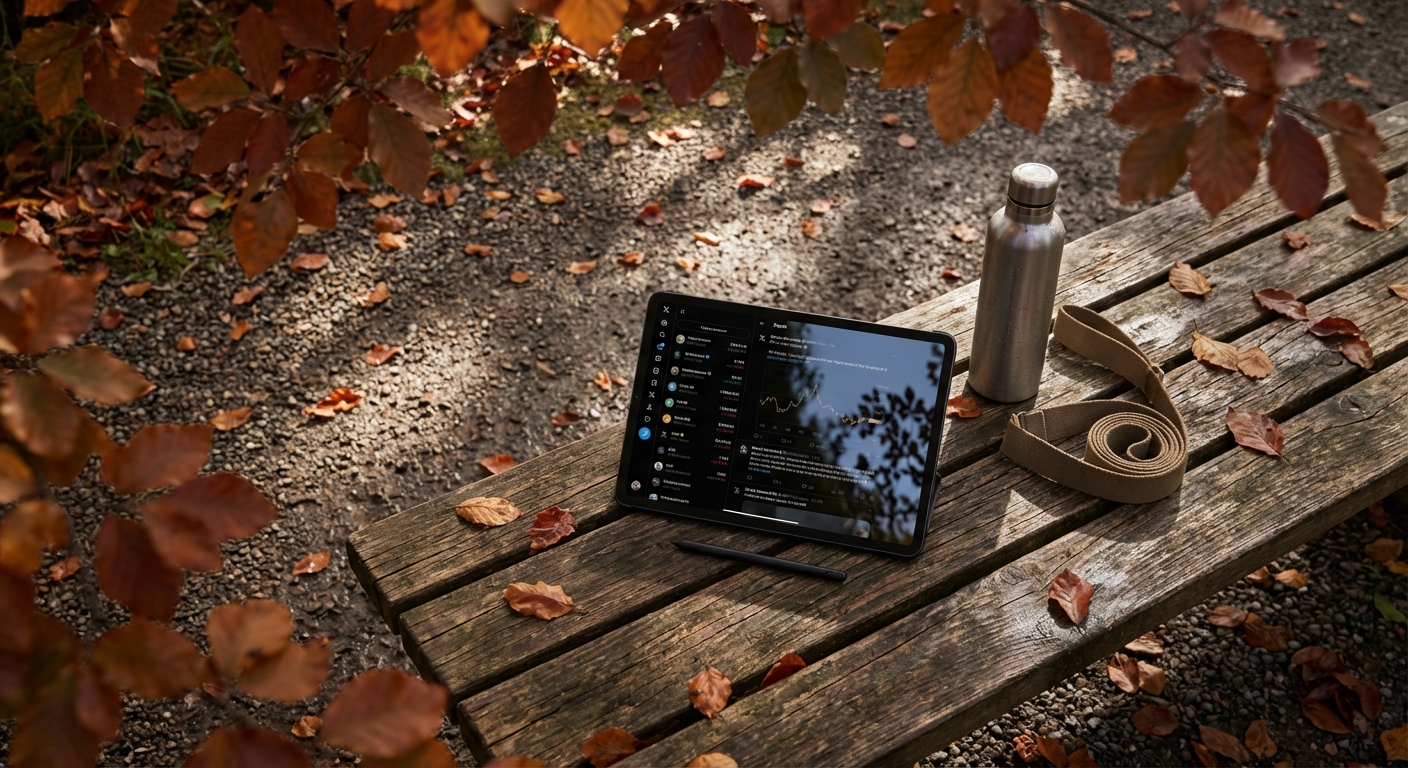
In the fast-moving crypto markets of 2024, mastering the crypto breakout retest strategy is a game-changer for both new and experienced traders. With Bitcoin (BTC) currently trading at $110,694 and Ethereum (ETH) at $3,875.15, breakouts are happening across major pairs – but not every breakout signals a sustainable trend. The real edge comes from understanding how to trade the retest that often follows a breakout, where price action separates disciplined traders from emotional chasers.
Why Breakout Retest Trading Matters in Today’s Crypto Market
The essence of the breakout retest strategy is simple: after price surges above a key level (like resistance), it often pulls back to “retest” that level. This isn’t random noise – it reflects profit-taking, late buyers hesitating, or sellers trying to regain control. If the level holds during the retest, it signals confirmation that buyers are in charge. In today’s environment, where Bitcoin hovers above $110,000, fakeouts and whipsaws are common. Waiting for a successful retest can help you avoid costly traps.
According to recent guides from sources like XS. com and Meta Trading Club, this approach is especially crucial in 2024 as volatility remains elevated and liquidity pockets drive sharp moves. The days of blindly buying every breakout are over; patience and confirmation have become essential tools for risk management.
Step 1: Identify High-Impact Support and Resistance Levels
The foundation of any effective crypto technical analysis 2024 starts with mapping out support and resistance zones. These price levels act as psychological battlegrounds where supply meets demand. For example, with Bitcoin’s current range between $109,704 (intraday low) and $111,184 (high), both numbers represent areas where traders are likely watching for reactions.
- Support: A price floor where buyers historically step in (e. g. , BTC at $109,704 today)
- Resistance: A ceiling where sellers emerge (e. g. , BTC’s $111,184 high)
- Trendlines: Diagonal supports or resistances capturing broader market sentiment
The best breakouts occur at well-tested levels visible on multiple timeframes. Use volume spikes or clustering of wicks as further confirmation that these zones matter to other market participants.
The Anatomy of a Breakout and Retest: What Really Happens?
A true breakout occurs when price convincingly closes above resistance or below support – but seasoned traders know not to jump in immediately. Instead, they anticipate a “retest” where price returns to the broken level before resuming its move.
- The Breakout: Price surges past resistance on increased volume.
- The Retest: Price pulls back toward the old resistance (now potential support).
- The Confirmation: If buyers defend this level and price holds or bounces strongly, it confirms the breakout’s validity.
This process filters out many “fakeouts” – false breakouts that quickly reverse – which are rampant in crypto markets due to algorithmic trading and thin order books around key levels.
Avoiding Fakeouts: Why Patience Pays Off in Crypto Trading
If you’ve ever bought into a surge only to watch your position reverse instantly, you’ve experienced a fakeout firsthand. The break-and-retest method helps minimize these losses by demanding evidence that momentum has truly shifted before risking capital. For instance, if Bitcoin breaks above $111,184 but immediately falls back below $110,694 without holding its new ground on the retest, this could be an early warning sign of exhaustion rather than strength.
This disciplined approach isn’t just about avoiding losses; it also positions you for larger gains by entering after weak hands have been shaken out during the pullback phase.
Bitcoin (BTC) Price Prediction Scenarios 2026-2031: Breakout Retest Success vs Failure
Based on current BTC price of $110,694 (as of November 2, 2025) and factoring in breakout retest trading strategies, market cycles, and adoption trends.
| Year | Minimum Price (Bearish Scenario: Failed Retest) | Average Price (Likely Scenario) | Maximum Price (Bullish Scenario: Successful Retest) | Potential YoY % Change (Avg) | Market Scenario Insights |
|---|---|---|---|---|---|
| 2026 | $78,000 | $120,000 | $155,000 | +8.4% | Volatility as BTC tests $120k; failed retest could see sharp corrections, successful retest opens path to new highs |
| 2027 | $85,000 | $135,000 | $180,000 | +12.5% | Institutional adoption and ETF flows increase; failed retests at major levels may trigger deeper pullbacks |
| 2028 | $92,000 | $150,000 | $210,000 | +11.1% | Halving cycle and global macro trends drive price; tech upgrades (e.g., scalability) support bull case |
| 2029 | $100,000 | $170,000 | $245,000 | +13.3% | Regulatory clarity and mainstream adoption accelerate; failed retest at $170k could cause temp bear market |
| 2030 | $120,000 | $200,000 | $295,000 | +17.6% | Widespread integration in finance; new ATHs possible if breakout retests above $200k are successful |
| 2031 | $135,000 | $225,000 | $350,000 | +12.5% | BTC matures as a global asset; volatility persists but trend remains upward with strong breakouts and retests |
Price Prediction Summary
Bitcoin is projected to experience continued growth from 2026 to 2031, with average prices rising steadily if key breakout retests are successful. While failed retests could see BTC revisit lower support zones, long-term fundamentals remain strong amid broader adoption and technological improvements. Volatility will persist, but the overall trend favors higher highs as Bitcoin further establishes itself within the global financial system.
Key Factors Affecting Bitcoin Price
- Success or failure of breakout retests at major resistance/support levels
- Institutional adoption and regulatory clarity
- Technological upgrades (scalability, security, energy efficiency)
- Global macroeconomic conditions and inflationary trends
- Market cycles, including post-halving effects
- Competition from other cryptocurrencies and digital assets
- ETF and traditional finance integration
Disclaimer: Cryptocurrency price predictions are speculative and based on current market analysis.
Actual prices may vary significantly due to market volatility, regulatory changes, and other factors.
Always do your own research before making investment decisions.
Traders who excel at the breakout retest strategy recognize that not all retests are created equal. The quality of the retest, how price reacts, the volume profile, and candlestick structure, can make or break a trade. For example, a shallow pullback with strong buying wicks near $110,694 for Bitcoin signals robust demand and may justify a confident entry. Conversely, a deep retrace that slices through the breakout level suggests the move lacks conviction and could be a trap.
Entry Tactics: How to Trade the Retest with Precision
The key to mastering this strategy is timing your entry for maximum confirmation and minimum risk. Here’s how data-driven traders approach it:
- Wait for a Close: Don’t jump in on first touch. Look for a clear candle close above (for longs) or below (for shorts) the breakout level after the retest.
- Volume Confirmation: Increased volume on the bounce signals genuine participation. Thin bounces are more likely to fail.
- Candlestick Patterns: Pin bars, engulfing candles, or bullish hammers at support add further evidence of reversal strength.
Your stop-loss should sit just below (or above) the retested level to minimize losses if momentum fades. Targets can be set at recent swing highs/lows or projected using measured moves from the breakout range.

Risk Management: Surviving Crypto’s Volatility in 2024
No strategy is complete without robust risk controls, especially in crypto’s high-octane environment. With Bitcoin trading between $109,704 and $111,184 today, intraday swings can liquidate over-leveraged positions in minutes. Consider these best practices:
- Position Sizing: Risk only 1-2% of your capital per trade to withstand inevitable losing streaks.
- Avoid FOMO Entries: If you miss an ideal retest, wait for the next setup rather than chasing price.
- Diversify Setups: Apply this method across multiple coins (like ETH at $3,875.15) but never overexpose yourself to correlated assets.
This disciplined framework guards against emotional decision-making, a common pitfall when markets are moving fast and headlines scream new highs.
Navigating Common Pitfalls: Lessons from Recent Markets
The past year has seen countless examples where patience paid off, and where impulsive entries led to avoidable losses. In April 2025, Ethereum broke out above $3,900 but failed its first retest; only after a second bounce near $3,855 did momentum resume upward. Traders who waited for confirmation avoided whipsaws and captured cleaner moves.
If you want to dive deeper into related pullback strategies that complement breakout retests, check out our comprehensive guide on mastering pullbacks after breakouts in crypto trading.
The Bottom Line: Discipline Over Hype
The most successful crypto traders in 2024 aren’t those who chase every pump, they’re those who wait for their edge and execute with discipline. The breakout retest strategy offers that edge by demanding proof before risking capital. With Bitcoin currently navigating above $110,000 and Ethereum holding strength near $3,875, opportunities abound, but only for those willing to let price action confirm their bias.
If you’re new to this approach or want to sharpen your skills further, revisit your charts daily and journal every setup, win or lose, to refine your intuition alongside your data analysis. Over time, you’ll develop an instinct for which breakouts deserve your attention, and which are best left alone.











